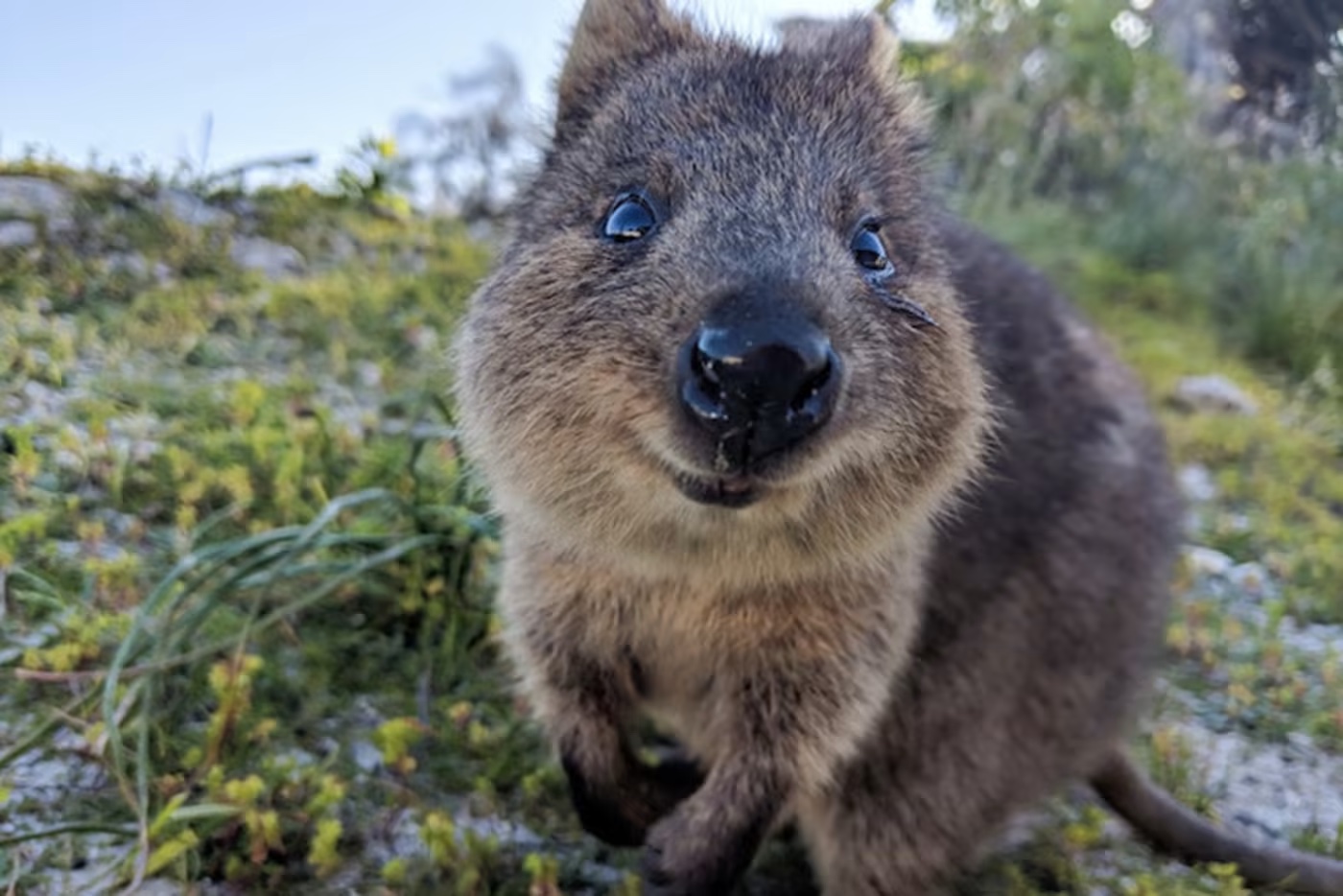
Quokkas: The Happiest Animal on Earth (Who Just Wants to Chill)
The internet has crowned them the “happiest animal on earth,” and with one look at their perpetually cheerful faces, it’s easy to see why. But quokkas are more than just adorable marsupials with permanent smiles. These charismatic critters from down under are an important part of the Australian ecosystem, facing some unique challenges.
Smiling Faces, Shy Dispositions
Quokkas are about the size of a domestic cat, with soft fur that ranges from a rich brown to a lighter gray. Their most striking feature is undoubtedly their curved mouth, which often appears as if they’re perpetually grinning. However, this isn’t a sign of constant amusement; it’s more likely a way to regulate body temperature by exposing more surface area. Despite their seemingly friendly appearance, quokkas are actually quite shy creatures, preferring to spend their days munching on grasses and shrubs in the solitude of the bush.
Island Life and Nocturnal Habits
Quokkas are found primarily in southwestern Australia, with the largest population residing on Rottnest Island, a paradise island just off the coast of Perth. Here, they thrive in a habitat of low scrubland and eucalyptus woodlands. Unlike their hopping kangaroo cousins, quokkas are primarily nocturnal, emerging under the cover of darkness to forage for food. Their strong back legs allow them to hop short distances when necessary, but they’re more likely to rely on slow walking or even climbing trees to navigate their environment.
Moms with Back-Up Plans
Like other marsupials, quokkas raise their young in pouches. After a mere 27-day gestation period, a tiny, blind joey emerges and crawls into its mother’s pouch. It will stay there for up to six months, venturing out to explore the world on its mother’s back before becoming fully independent. Interestingly, female quokkas can have embryos in a state of suspended development. If a joey dies, this allows them to quickly become pregnant again, ensuring the survival of their offspring.
A Threatened Paradise
Unfortunately, quokkas are classified as vulnerable by the IUCN. Habitat loss due to development and the introduction of predators like foxes threaten their populations. While the Rottnest Island quokka population is thriving due to the absence of predators and a protected environment, mainland populations face a constant struggle.
Conservation Efforts
Efforts are underway to protect quokkas. Creating protected areas, controlling feral predators, and educating the public are all crucial steps. Responsible tourism that minimizes disturbance to quokkas is also essential.
Smiling for the Future:
By appreciating these unique creatures and supporting conservation efforts, we can ensure that quokkas continue to grace the Australian landscape with their smiles for generations to come. Remember, while they may look happy to take a selfie with you, it’s important to observe them from a distance and respect their wild nature.
So, next time you hear about Australia, don’t just think of kangaroos and the Great Barrier Reef. Think of the quokka – a symbol of resilience, a reminder to slow down and enjoy the simple things in life, and perhaps the happiest animal on Earth (even if it’s just because they haven’t seen your tax bill).
More photos below ↓













